Currently Empty: $0.00
Tai Chi Knowledge
tai chi yoga benefits for mind body balance
I’ve been teaching tai chi and yoga for more than 10 years. I’ve seen how these old-school practices really change people’s lives. Tai chi has those smooth moves, while yoga’s all about nailing the poses. Both give you great perks for your body and mind. Let’s check out 12 cool things about tai chi and yoga. They help with stress, make you more flexible, and have stayed popular for ages.
Table of Content
- tai chi yoga for stress relief techniques
- improving flexibility through tai chi yoga
- tai chi yoga for better sleep quality
- building core strength with tai chi yoga
- tai chi yoga for chronic pain management
- enhancing mental focus through tai chi yoga
- tai chi yoga for emotional balance
- tai chi yoga for better posture alignment
- boosting immunity with tai chi yoga
- tai chi yoga for healthy aging
- tai chi yoga for community connection
- tai chi yoga for spiritual growth
- tai chi yoga for weight management

tai chi yoga for stress relief techniques
Once I taught a busy exec some tai chi breathing at lunch. Her shoulders instantly relaxed like crazy.
That’s when I got how well these exercises fight stress. Tai chi’s slow moves plus yoga’s deep breathing are perfect for today’s stressed-out folks.
My Tuesday night class starts with what I call the ahhh moment – when everyone lets go of their work stress. The trick is waking up your chill-out system with careful moves and breathing. Here’s an easy routine: do tai chi’s cloud hands for 5 minutes, switch to child’s pose for 3, then end with nose breathing. This quick 10-minute fix helps my students sleep better and drink less coffee.
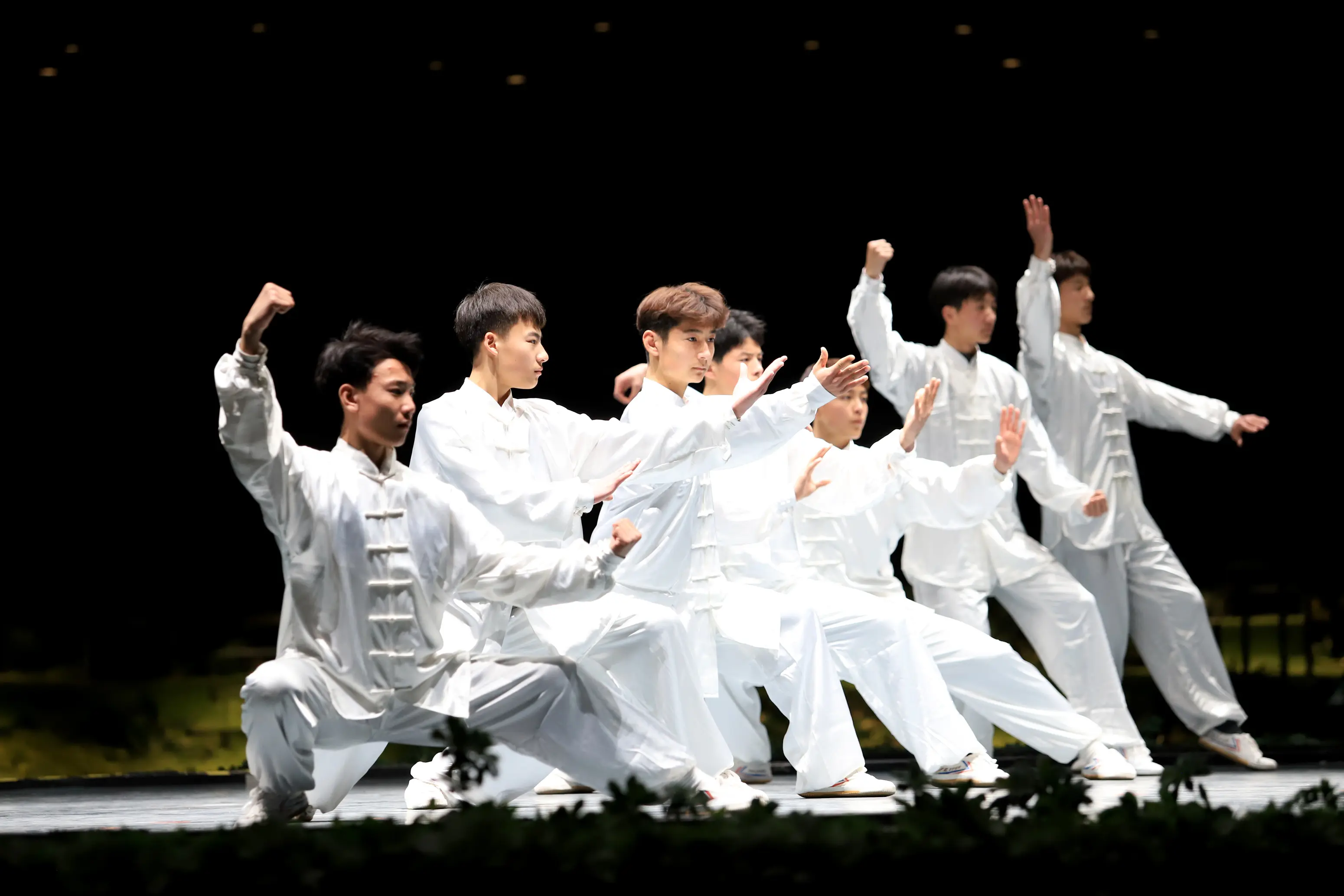
improving flexibility through tai chi yoga
Back in 2015, I broke my ankle bad. The doc said I might not walk right again.
That’s why I started doing tai chi and yoga to heal. These methods don’t push too hard. It’s more like talking your muscles into stretching.
Try mixing tai chi’s wave hands with yoga’s downward dog. It’s great for shoulders and legs. After two months of practice, my students are shocked when they can touch their toes easily. The cool part? They stretch and strengthen muscles at the same time, so you stay flexible. I change some moves for older folks – like doing chair yoga instead of full bends. Shows anyone can get flexible.
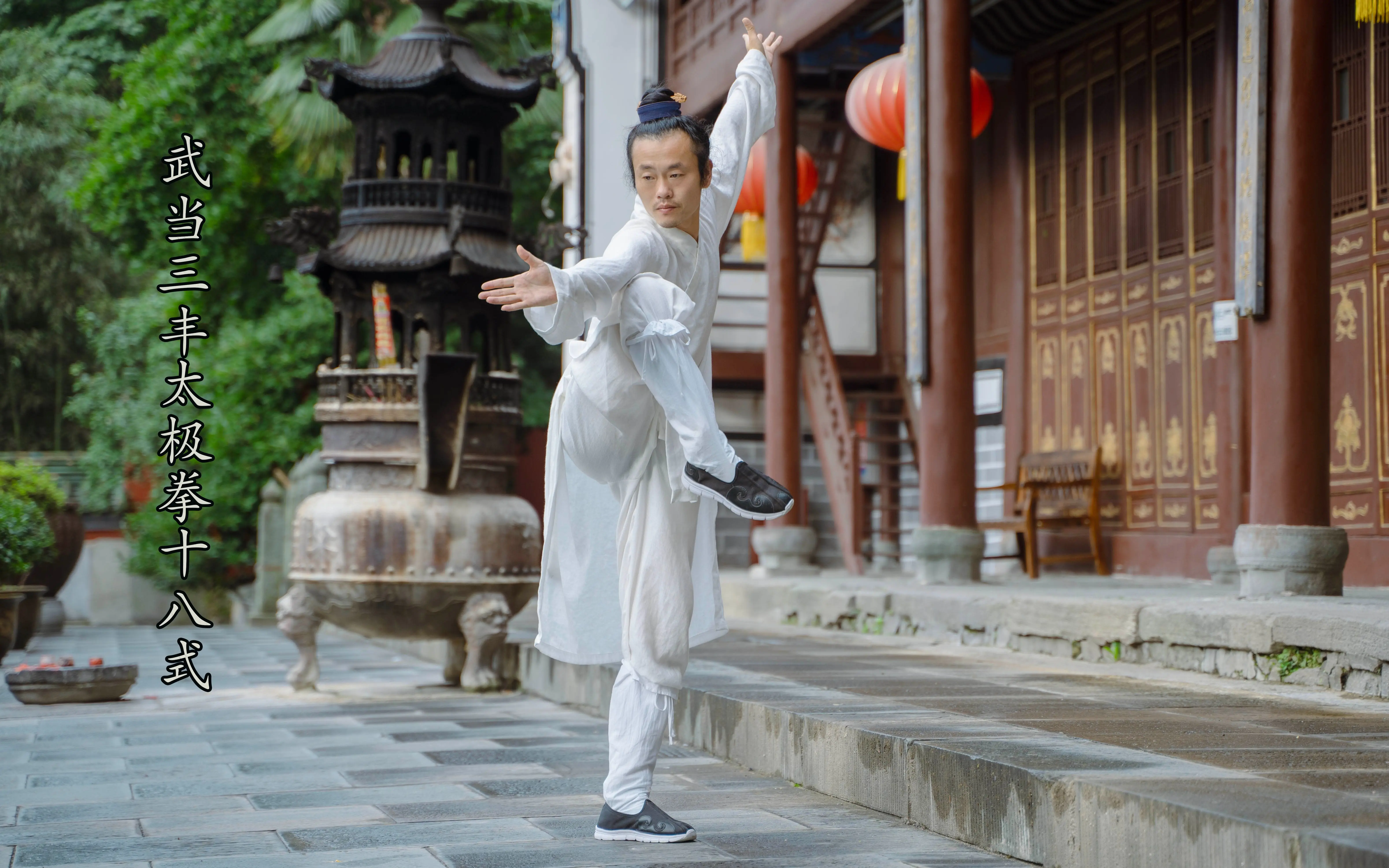
tai chi yoga for better sleep quality
I couldn’t sleep in my 20s until I found this tai chi-yoga bedtime combo I teach now.
The trick is doing moves that calm you down and help you sleep. First do tai chi’s tree pose for 2 minutes, then put your legs up the wall and breathe slow.
One night-shift nurse swapped sleeping pills for this routine and slept great. Here’s why it works: tai chi resets your body clock, and yoga helps you relax. Try this in socks before bed with the lights low. Most people say they just drift off and wake up feeling great.
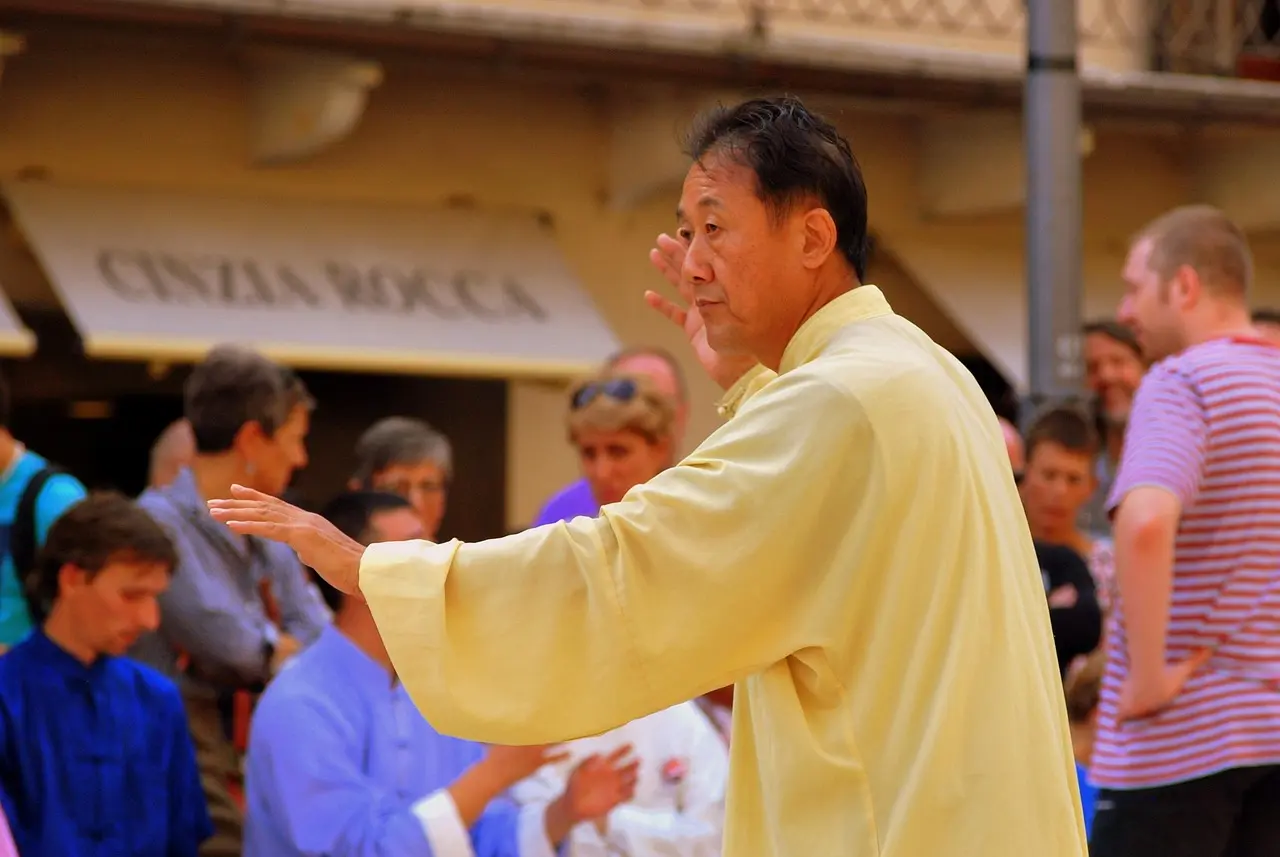
building core strength with tai chi yoga
I used to hate ab workouts. Then I found tai chi and yoga build core strength the easy way.
The trick is small moves – like tai chi’s one-leg stance that works your abs without you noticing. Mix it with yoga planks (try planking with tai chi breathing) to build strength that helps your back in daily life.
Some firefighters laughed at first. Then they saw how it helped them work longer on rescues. Try this great core workout: tai chi’s horse move into yoga boat pose, hold each for 5 breaths. Shows you don’t need weights or crazy moves to get strong.
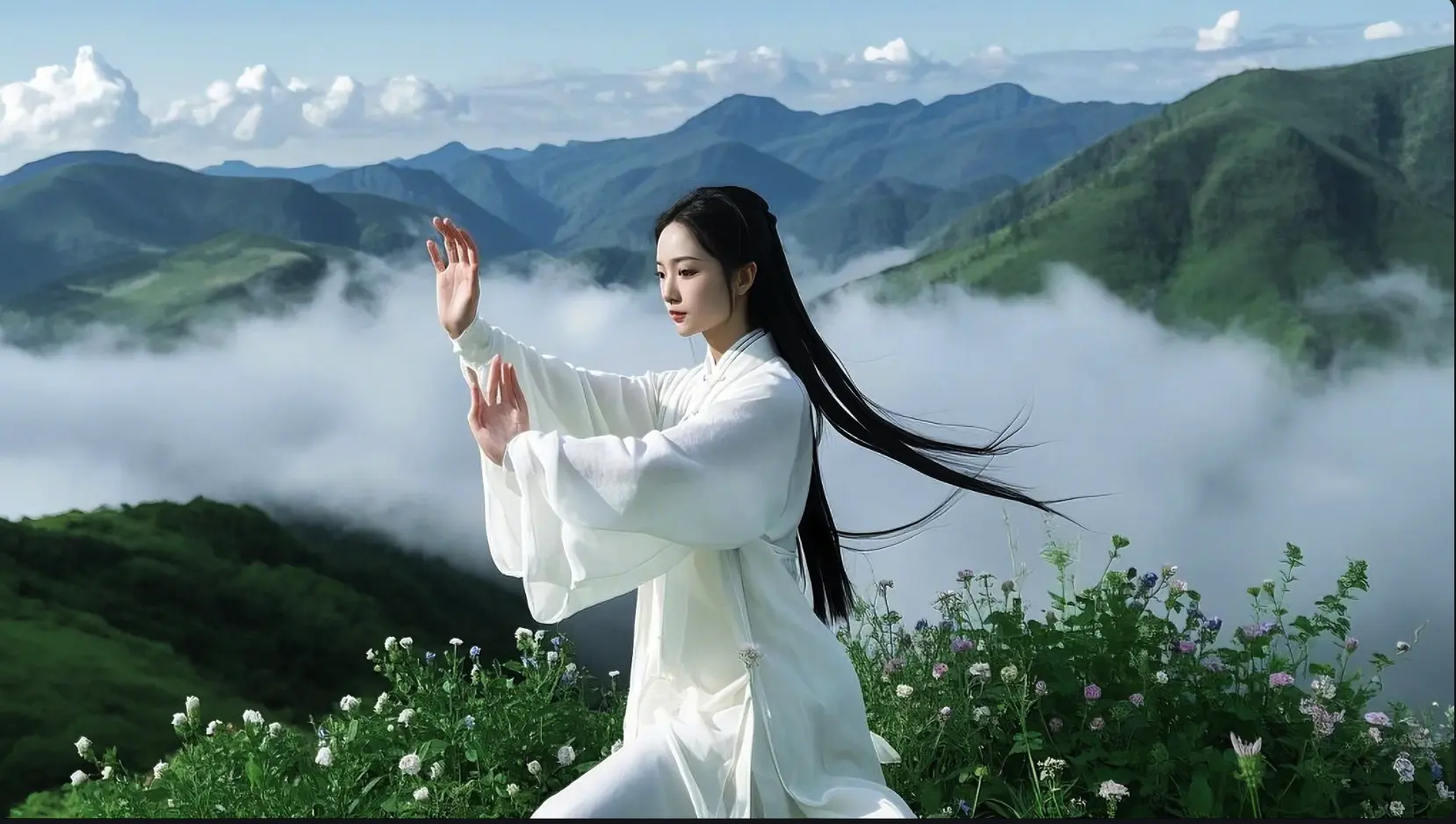
tai chi yoga for chronic pain management
One of my best students was a Vietnam vet with years of back problems.
After three months of our special routine, he cut his pain meds by 70%. They help with pain by fixing posture and calming nerves.
For bad backs, we do easy tai chi poses with cat-cow stretches – slow and careful but still strengthening. Tai chi keeps joints moving smooth, and yoga loosens tight muscles. I tell students: Pain’s just your body talking. Move carefully, and you’ll slowly move better without pain. The water moves – tai chi arms with yoga twists – really help my arthritis students.
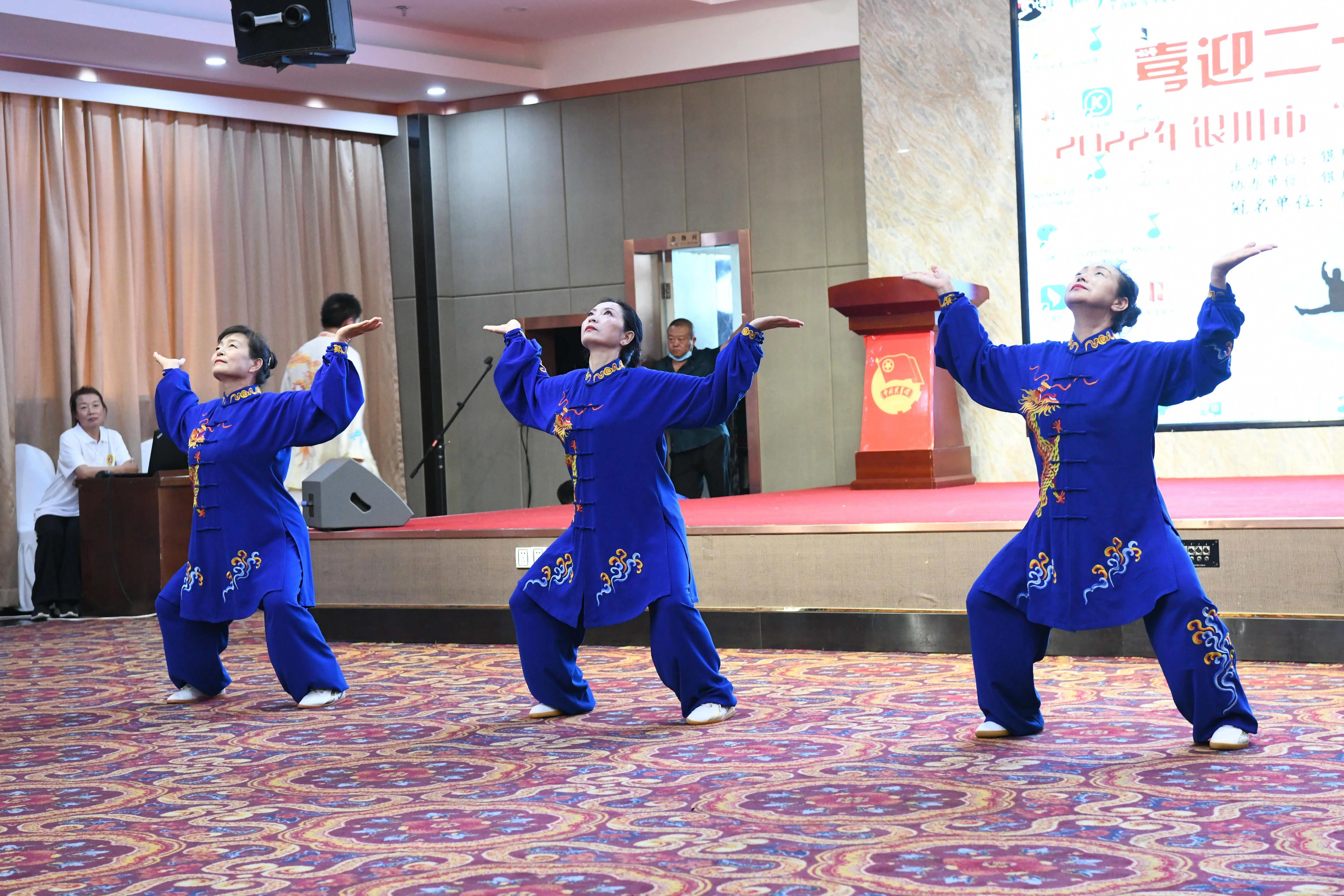
enhancing mental focus through tai chi yoga
In college, I had focus issues until I found tai chi and yoga helped.
Matching breath to movement somehow keeps your mind from wandering. Now I teach these tricks to busy professionals.
Tai chi’s single whip pose is like moving meditation that sharpens your focus. Add yoga’s tricky eagle pose, and you’ve got a powerful focus combo. Tech bosses say they sit through long meetings better after doing these. Just 10 minutes a day makes a real difference. Try counting breaths in tai chi or naming yoga pose points in your head – it clears your mind.
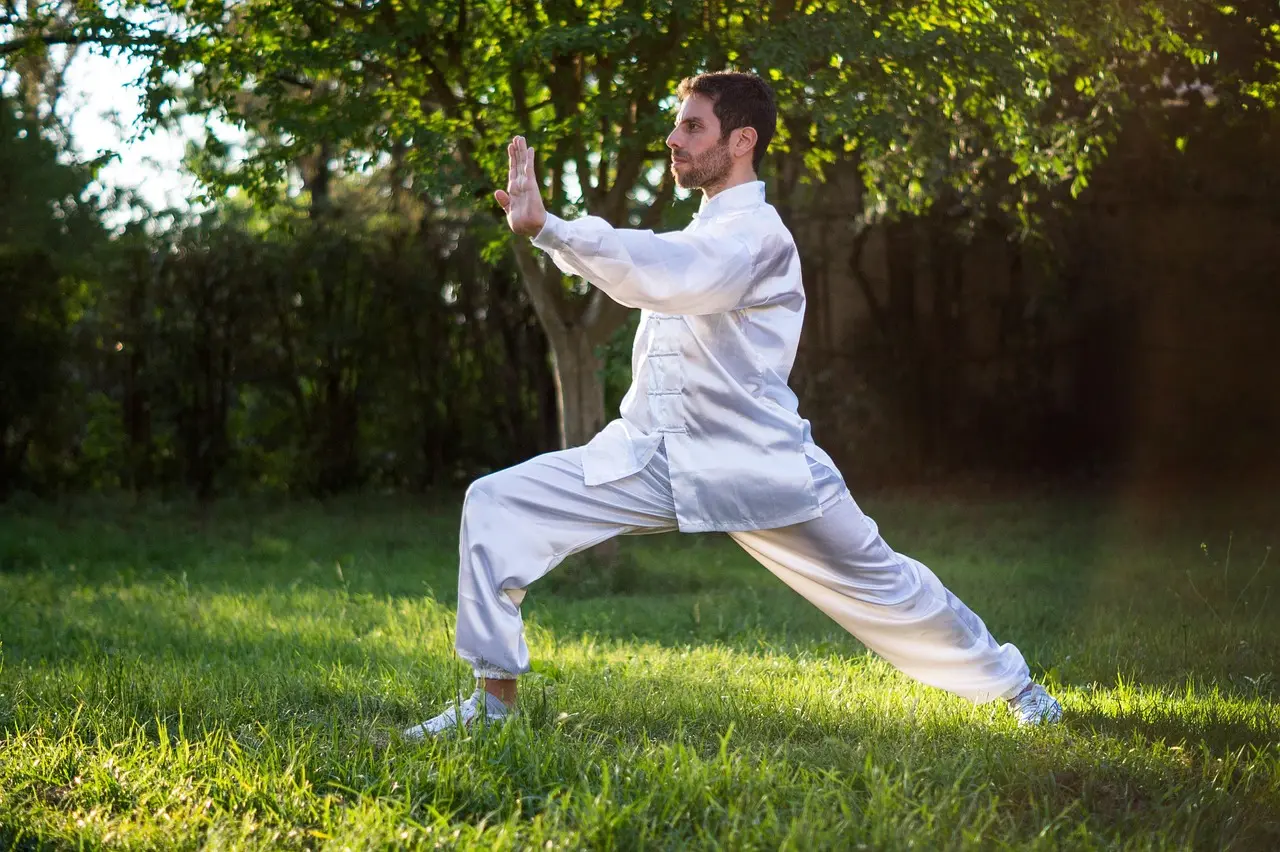
tai chi yoga for emotional balance
One student cried after class saying this helped her divorce more than counseling.
That’s when I knew these moves could heal hearts. Tai chi’s slow pace calms nerves, and yoga’s open poses let feelings out.
Try my heart reset – tai chi wave push into easy camel pose. This combo gently opens emotional logjams. In trauma class, we start by feeling our feet on the ground before any emotional stuff. The cool part? They meet your mood – some days you’ll feel lots, other days just steady.
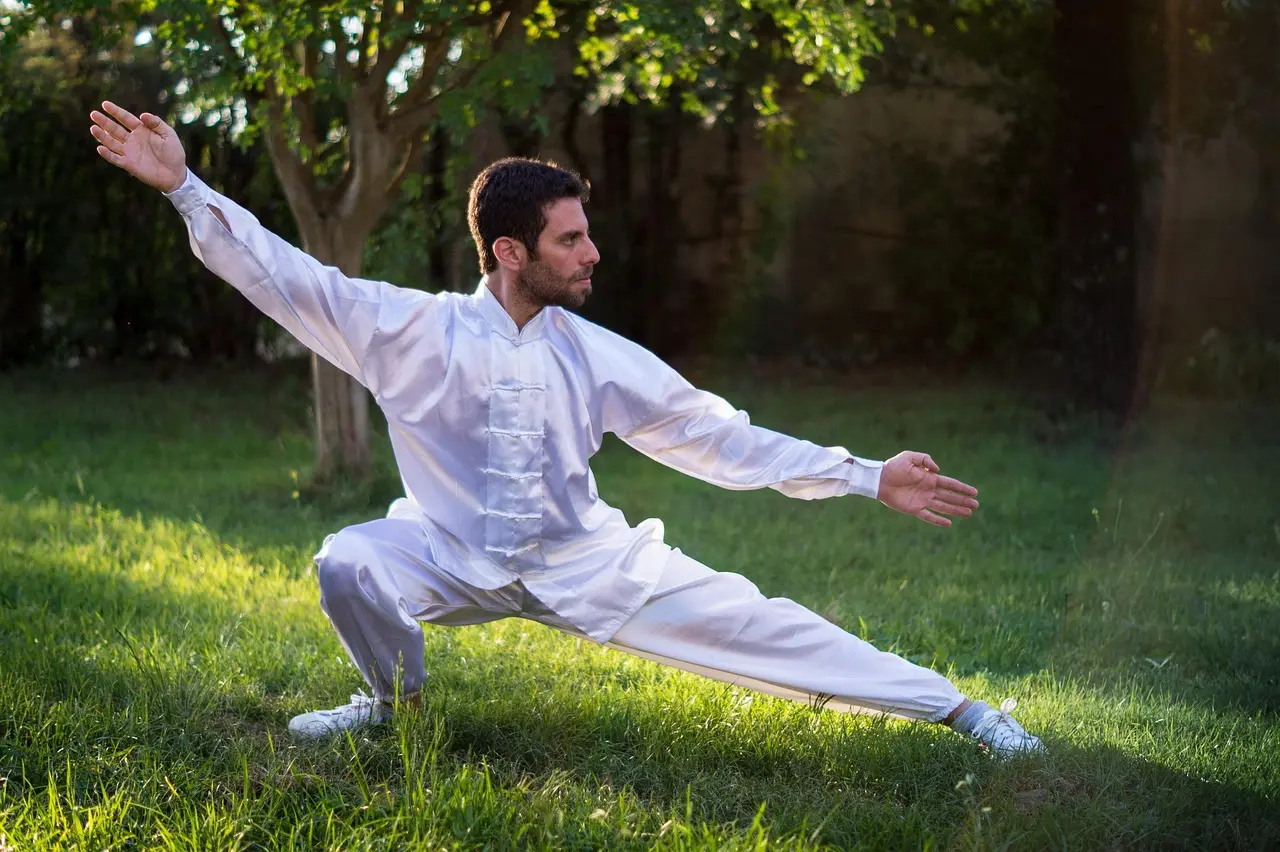
tai chi yoga for better posture alignment
I used to sit all day with awful posture. Tai chi and yoga fixed it.
Unlike braces, these teach your body to stand right on its own. Tai chi’s head floating idea plus yoga’s mountain pose really fix posture.
First we check posture against a wall – see how tai chi stance straightens you differently. The win is when you stand right without thinking. Best story? A teen’s neck pain vanished after six weeks of posture work. It feels weird at first – we’re used to slouching. We check posture often in class, using tai chi moves to feel the spine.

boosting immunity with tai chi yoga
During COVID, my tai chi/yoga students got sick less – science says these boost immunity.
Tai chi gets lymph moving, and yoga inversions pump up immunity. Try this immune boost: tai chi hand pushes into easy shoulder stand.
Deep breathing gives blood more oxygen and cuts stress chemicals. Morning’s best for immunity – start with tai chi wake-up moves, then easy yoga. My older students say this keeps them from catching every cold going around. Makes sense – move, breathe, relax, and your immune system thanks you.
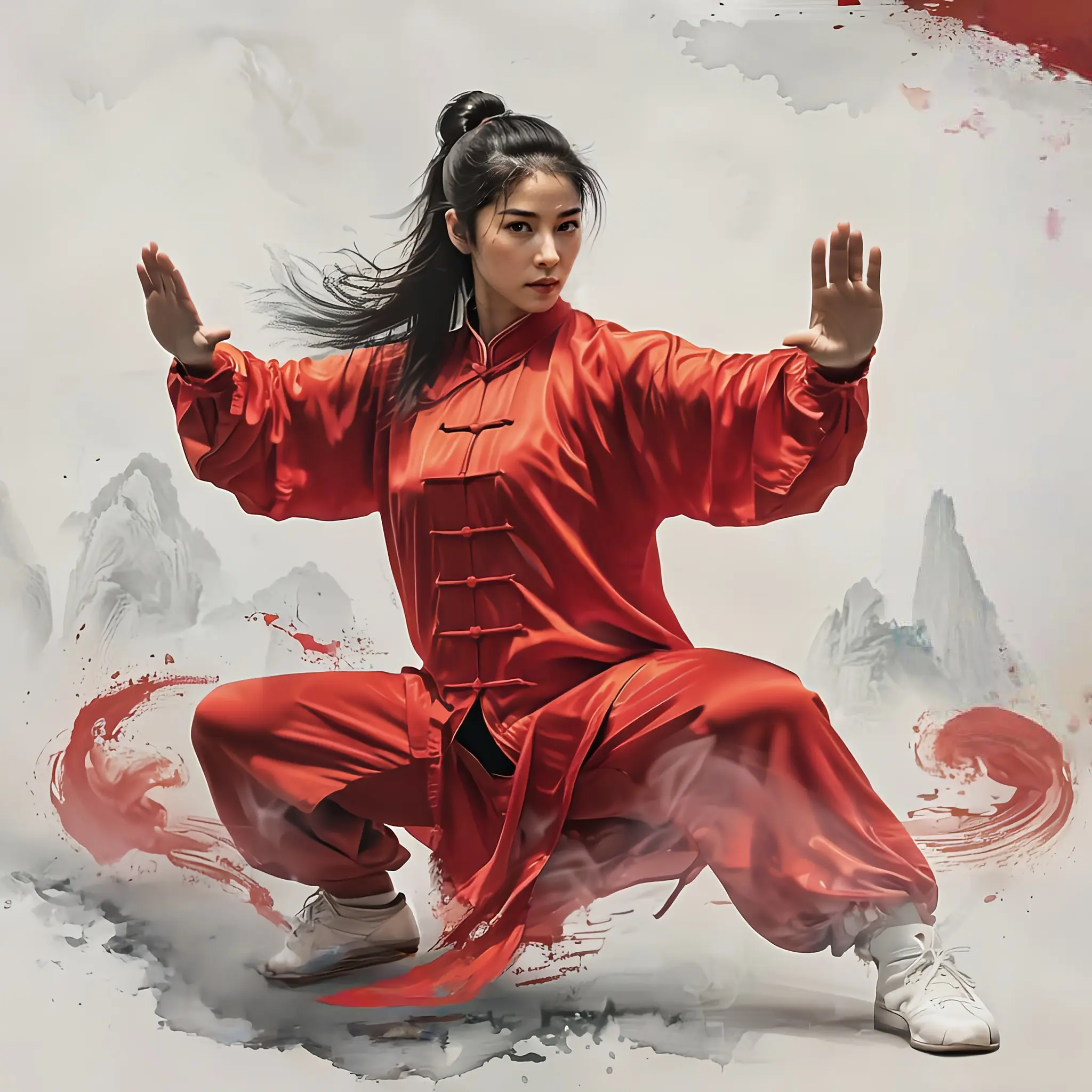
tai chi yoga for healthy aging
My star pupil Mary, 82, out-balances most 30-year-olds with our tai chi-yoga mix.
They’re great for aging – keep you moving without hurting joints. Tai chi’s stay loose idea fights stiffness, and yoga keeps joints moving smooth.
For older folks, we use chairs to help with kicks and standing poses. The balance benefits are particularly significant; tai chi’s slow weight transfers rebuild proprioception that typically declines with age. My classes always include laughter (usually when we attempt the drunkard’s walk tai chi variation), proving fitness can be joyful at any age. What moves me most is watching students regain abilities they thought lost forever – like kneeling or reaching high shelves without pain.
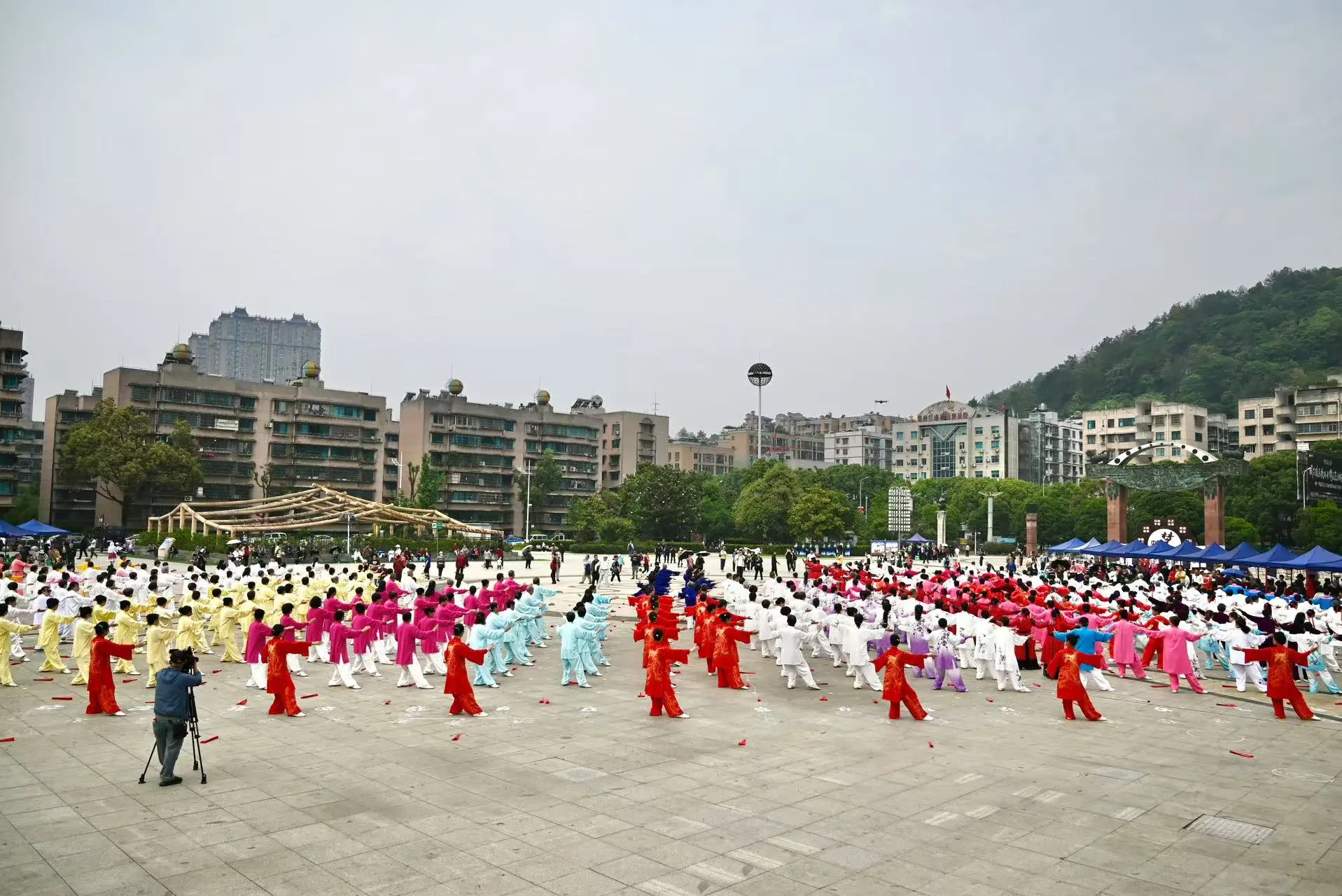
tai chi yoga for community connection
The unexpected benefit I’ve cherished most is how these practices build community.
My Saturday park class has become a support network where students celebrate birthdays, mourn losses, and share life stories. There’s something profoundly connecting about moving in synchronized tai chi forms or assisting each other in yoga partner poses.
I’ve witnessed friendships blossom during push hands tai chi exercises and yoga buddy stretches. During pandemic restrictions, we adapted by practicing outdoors spaced six feet apart – that shared commitment deepened our bonds. Now we organize seasonal movement potlucks where everyone brings a tai chi or yoga sequence to share. This social aspect often surprises newcomers who expected solitary practice. The communal energy amplifies individual benefits – when we breathe and move together, something magical happens beyond physical exercise.
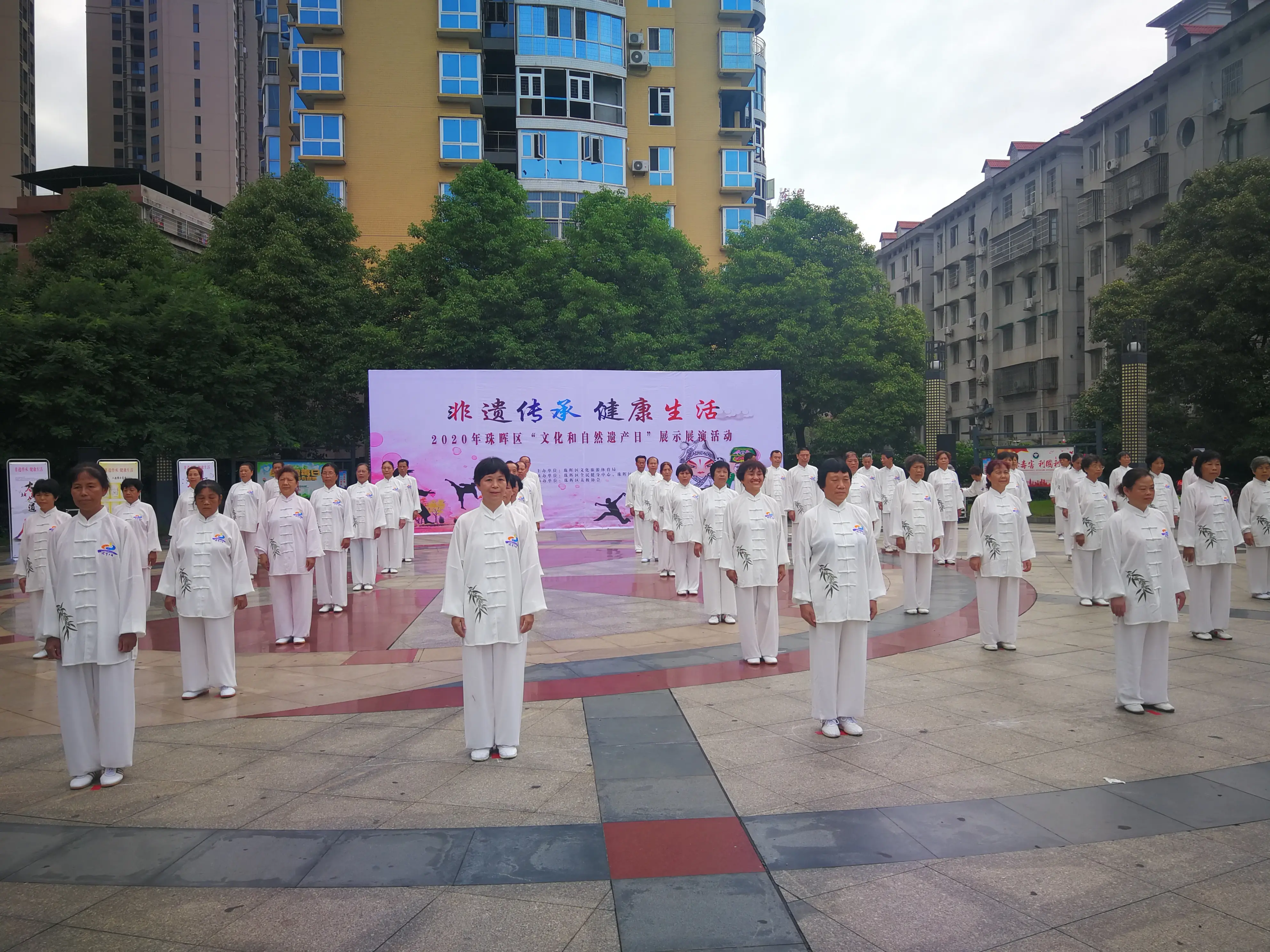
tai chi yoga for spiritual growth
While I initially approached these practices purely physically, they gradually became my spiritual anchors.
Tai chi’s Taoist roots and yoga’s ancient wisdom traditions offer profound frameworks for understanding life’s ebbs and flows. I don’t teach dogma, but rather encourage students to explore what resonates personally.
The tai chi principle of wu wei (effortless action) has helped me navigate career challenges, while yoga’s concept of santosha (contentment) transformed my relationship with ambition. My sunrise sessions often include silent meditation after movement – allowing insights to surface naturally. Many students report similar awakenings, whether they call it spirituality or simply deeper self-awareness. The beauty is that these practices meet you where you are – you might start seeking back pain relief and unexpectedly find life perspective.
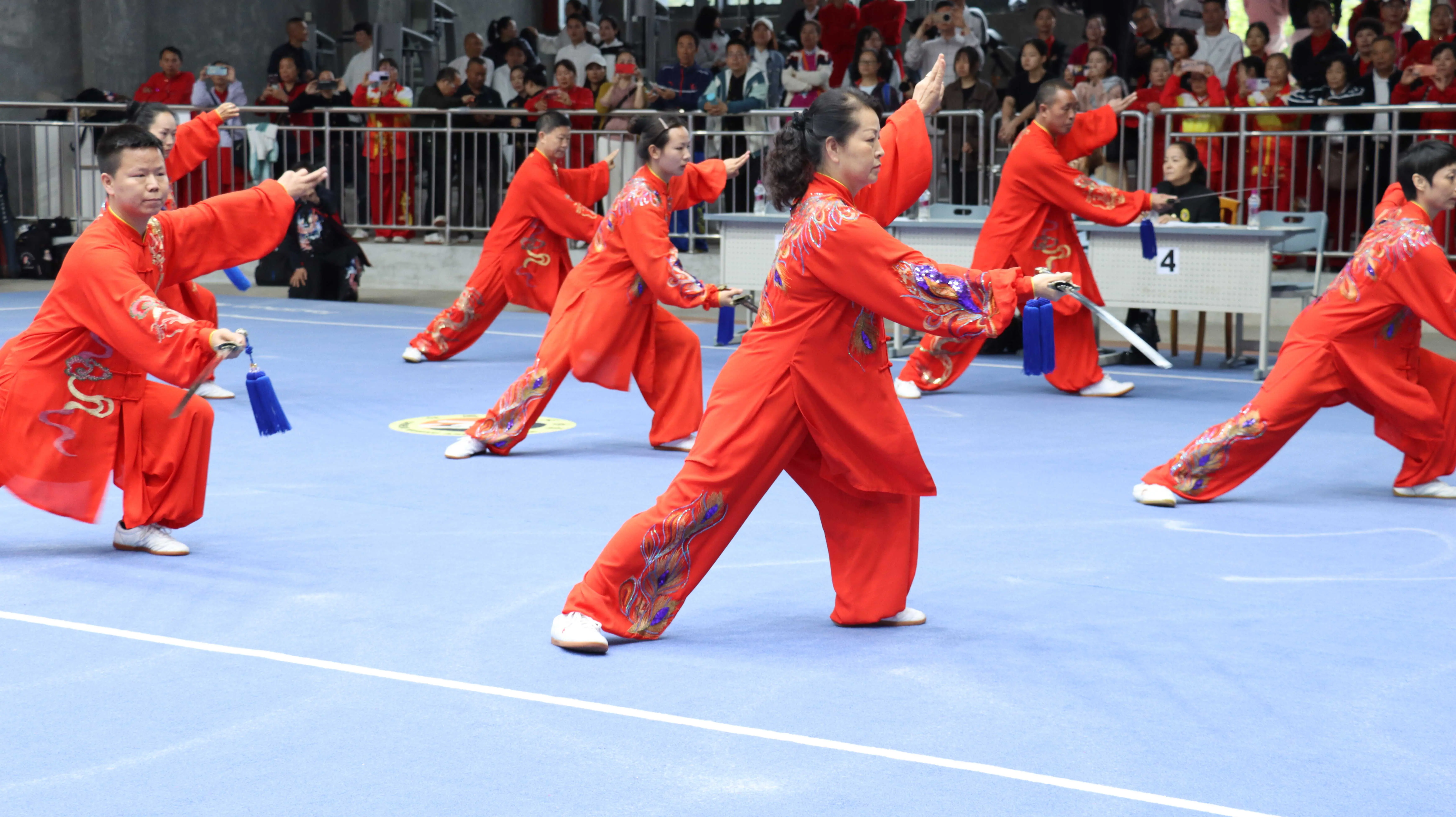
tai chi yoga for weight management
After my pregnancy, tai chi and yoga helped me regain healthy weight without obsessive dieting.
Unlike intense workouts that spike hunger, these practices regulate appetite while building lean muscle. Tai chi’s continuous movement burns calories steadily, while yoga’s twisting poses massage digestive organs.
My metabolism flow combines tai chi’s snake creeps down with yoga’s twisting chair pose – a sneaky core workout that also aids digestion. The mindfulness component prevents emotional eating by increasing body awareness. I emphasize non-scale victories with students – like noticing clothes fit better or having energy throughout the day. One student reversed her prediabetes diagnosis through our program, not by drastic changes but through consistent, gentle movement that became sustainable. That’s the real secret – these practices create health habits that last.
After fifteen years of teaching and practicing tai chi and yoga, I’m still discovering new layers of benefit.
Whether you’re seeking physical healing, mental clarity, emotional balance or spiritual connection, these ancient practices offer surprisingly modern solutions. The best part? You don’t need special equipment or perfect flexibility to begin – just willingness to show up as you are.
I invite you to try just one technique from this article today. Maybe it’s the stress-relief breath before a meeting, or the posture check while washing dishes. Small steps lead to profound changes. Who knows – that first tai chi movement or yoga pose might become your gateway to transformation, just as it was for me and thousands of students I’ve been privileged to guide.
